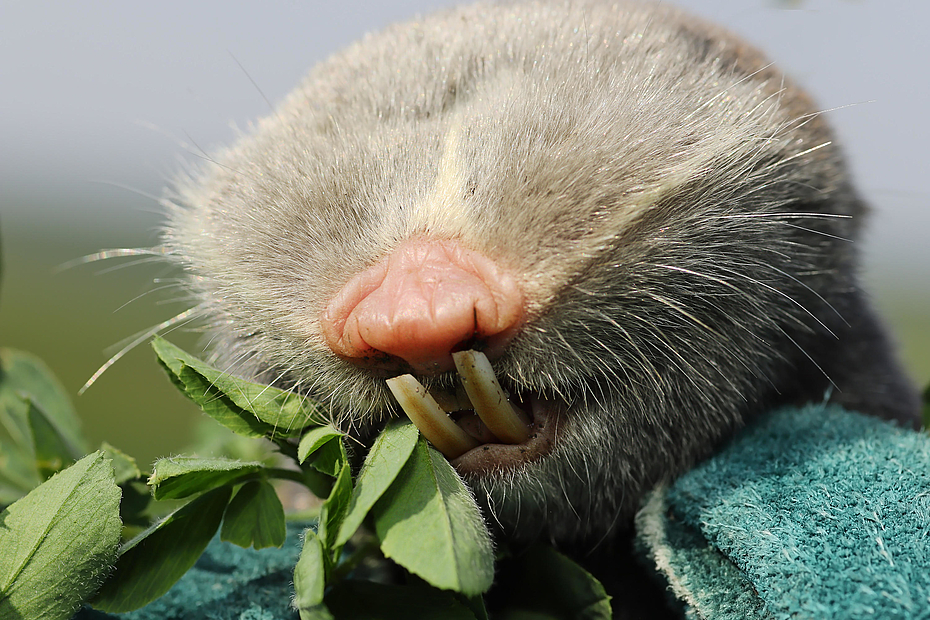Project 3.2

- PhD student: Luca Jelacic
- Supervisor: Thomas Hankeln
- Co-Supervisors: Miguel Andrade
- Further TAC-members: Julian König
- Research Group
The Israeli blind mole rat Spalax has evolved remarkable phenotypic features such as hypoxia tolerance, cancer resistance and longevity in adaptation to its challenging subterranean habitat. In this project we aim to unravel the gene regulatory mechanisms underlying this extraordinary phenotype on a genomic, transcriptomic and epigenetic level.
Changes in regulatory elements of gene expression, particularly those found in cis-acting sequences (promotors, enhancers) and trans-acting factors (TF, miRNAs), are considered to play a prime role in the divergent evolution and differential adaptation of species. However, little is known about how sequence divergence in these components is responsible for complex phenotypic traits, which even may appear unlinked at first sight.
The blind mole rat Spalax is a subterranean rodent, which has adapted to survive extreme lack of oxygen. Interestingly, hypoxia tolerance is accompanied by a long-lived and cancer resistant phenotype, and it is unclear how these phenotypes are interconnected on a molecular level. Hence, we will investigate the contribution of gene regulatory changes during evolution of Spalax by linking existing gene expression data to changes in cis-acting DNA sequences, changes in the epigenetic status of cis-regulatory regions and changes in miRNAs and master transcription factors. We have produced extensive transcriptome data of hypoxic and normoxic Spalax tissues, using the hypoxia-sensitive, shorter-lived rat for comparison. Data suggest that adaptation of the mole rat to the harsh environmental conditions to a great extent occurred on the level of transcription regulation. Many candidate genes with plausible connections to the mole rat’s phenotype are expressed at elevated levels in Spalax tissue compared to rat.
We therefore ask the following questions: (1) Where are the functional gene regulatory cis-elements (promoter, enhancers) in the Spalax genome and which genes do they regulate? (2) By which mode of evolutionary change did the cis-acting regulatory sequences of candidate genes evolve in hypoxia-tolerant versus –sensitive mammals? (3) Do selected, conspicuous changes in gene regulatory regions of candidate genes confer an adaptive molecular phenotype, i.e. differential gene regulation, in vitro?
(4) To which extent do miRNAs contribute to the gene regulatory differences and thus, the complex phenotype of Spalax? (5) Can we in a long-term perspective explain how the different aspects of the Spalax organismal phenotype evolved in parallel by changes in gene regulation?
